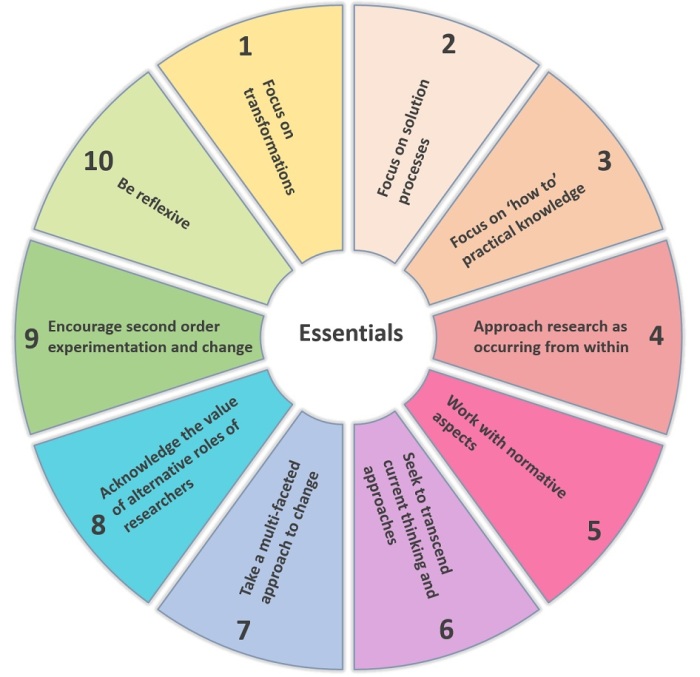When I considered joining the Provincial Systems Support Program (PSSP) last summer, I called and spoke to a few members of the team who could tell me a bit more about the projects. At the time, I was working as an occupational therapist on an Assertive Community Treatment team supporting clients with complex mental health, addictions, housing and social issues in the city’s east end.
My interest piqued as I learned more about PSSP’s mandate to move evidence into action and transform the mental health and addictions system. Gaps in this system frequently left my clients waiting on referrals, and it wasn’t uncommon for my days to pass in a flurry of phone calls between acute care hospitals, shelters, and non-profit agencies. For many of my clients, getting out of bed was often a big enough accomplishment for the day – much less navigating the confusing web of multiple agencies, care teams and transitions.
It was while researching this opportunity at PSSP that I learned about the Ontario Perception of Care (OPOC) tool and the opportunity to be involved PSSP’s roll-out of this province-wide tool, the first specifically designed to capture how mental health and addictions service users perceive their care. This was a big deal. Despite the frequent interactions my clients had with multiple systems, moments where they could actually chime in and influence the processes that impacted their daily lives were rare.
Once, during my client Matt’s discharge from his inpatient stay at a large, academic hospital, we stood in the hallway holding bags of his belongings, waiting for someone to let us know we could leave and what the next steps would be. After ten minutes, I eventually flagged down a nurse – someone unfamiliar to Matt - who quickly checked his chart and dismissed us abruptly.
Matt was proudly independent. He had suffered a traumatic brain injury over a decade ago, but managed the effects of his anterograde amnesia with a host of compensatory strategies that allowed him to live independently. Unfortunately, in this instance, the disorganization around discharge meant that reminders for medications or follow-up appointments were missed. His frustration at the lack of communication and support around this transition was palpable on our cab ride home from the hospital.
At the heart of it, the OPOC is intended to improve communication between service users and service providers – to act as a vessel by which Matt could provide practical feedback about his care in order to improve services. It was designed to engage people with lived experiences and integrate these experiences into decisions about organizational- and system-level change. Rigorous stakeholder engagement and pilot testing were key steps in the tool’s development, and included consultation with the Evidence Exchange Network’s (EENet) Persons with Lived Experience and Family Member Advisory Panel.
Supporting the voices of persons with lived experience, family members, and caregivers is also one of the ten priority evidence themes identified by stakeholders in the mental health and addictions systems who participated in EENet’s Sharing Together initiative, which recently produced an evidence priority agenda for the province.
The OPOC not only supports these voices, but amplifies them, for the first time, at a systems level. The Southwest LHIN Continuous Quality Improvement Collaborative, comprised of 11 agencies implementing the OPOC, is a great example of this. The Collaborative recently gathered to analyze their collective OPOC data for the first time with the lens of selecting and implementing an intervention to improve an aspect of care that emerged from the data. In a real way, this group of agency- and LHIN- leaders is using client voices as a form of evidence to impact quality of care in the LHIN.
Having now been in my role for five months, I continue to be invigorated by the ways our team works to address barriers facing people with lived experiences. Language, comfort with technology and cognitive challenges are routine barriers that prevent clients with dual diagnoses and other confounding issues from contributing to their care.
As an occupational therapist, I know that finding creative solutions to these circumstances enables personal agency and independence. As an OPOC coach, I know the same to be true, and work with service providers to problem-solve ways to make the tool as accessible as possible. This might involve using peer surveys to provide facilitation support or learning about free technology to improve text size or text-to-speech capabilities.
As an immigrant and visible minority, I am also proud of the work my colleagues have done to translate the OPOC into Korean, Vietnamese, Traditional and Simplified Chinese, and Cambodian. Punjabi and Tamil translations are forthcoming, which will allow the mental health and addictions system to hear a greater diversity of voices, including those from immigrants and refugees accessing the system. As we move toward more culturally competent care, the OPOC translation work is crucial to capturing the voices of many underrepresented service users in the province.
While it doesn’t surprise me that “Supporting the voices of persons with lived experience, family members, and caregivers” is a priority evidence need identified in the Sharing Together report, I’m excited that PSSP is at the forefront of this. The OPOC brings the foundational clinical value of client-centred practice to life. It is a practical way to go beyond just saying that clients are the experts in their own experience. It walks the walk.
Often, when I coach agencies on how to reach their clients, I think about the diversity of people who access mental health and addictions services – people living in poverty, health care professionals, someone’s grandmother, members of my family who don’t speak English, and clients, like Matt.
All of these people might have something to say about their care. There’s no better time than now to start listening.


